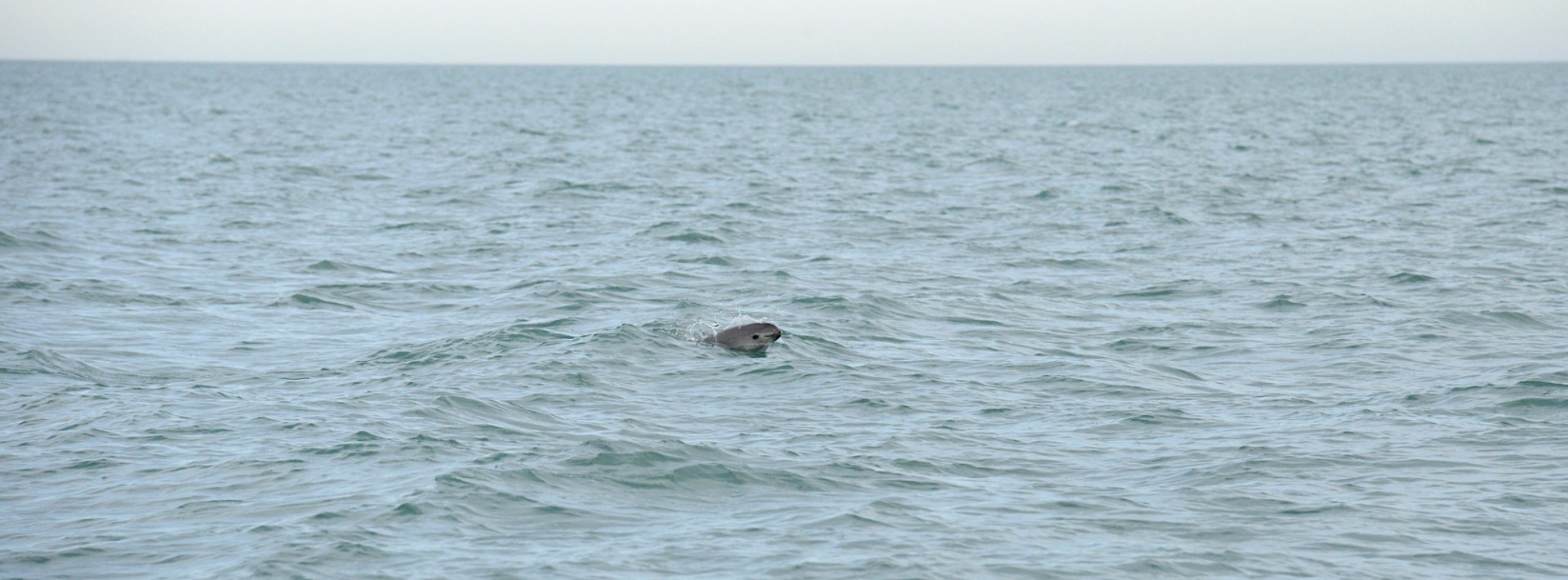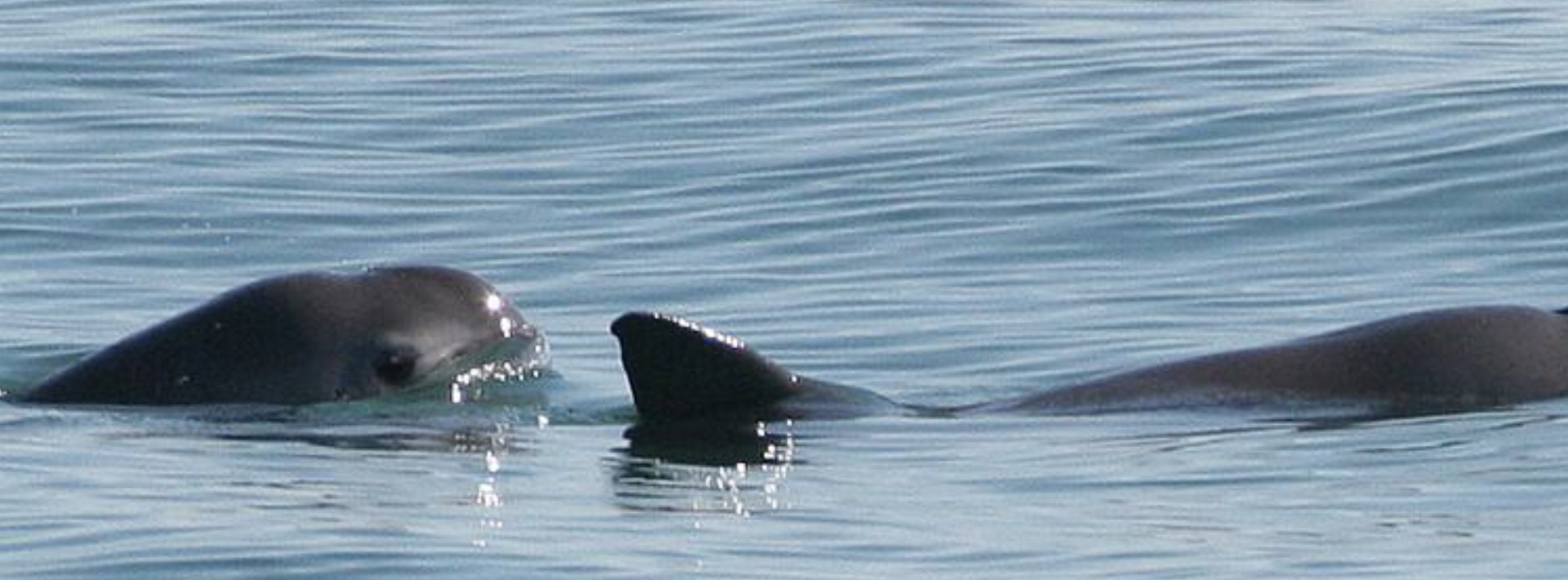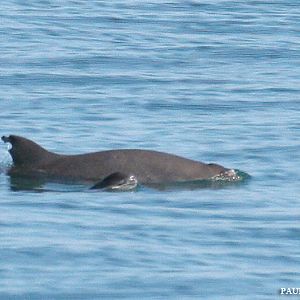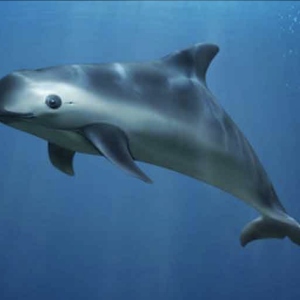In Brief
Conservation Value:
The vaquita porpoise (Phocoena sinus, CR) is the most endangered marine mammal on Earth with as few as 9 to 13 likely remaining as of May 2023. The rapid decline of its population from thousands to fewer than 20 is due to illegal gill-netting of the Totoaba (Totoaba macdonaldi), a similar-sized (1-meter) fish. The swim bladder of the totoaba fetches tens of thousands of dollars in China. Illegal gill-netting in the vaquita reserve’s No Take Zone is also depleting others marine sea life, including the totoaba (VU).
Can we really save this species? There is a risk of failure, but also a real chance of success. A genetic analysis indicated that the population could recover and thrive if illegal fishing mortality is curbed. And many other species have been brought back from the brink. We believe we must make this final effort.
Threats:
The decline of this diminutive porpoise is entirely due to illegal gill netting. The illegal fishing centers around the harvest of swim bladders from totoaba fish, which are exported to China where prices approach US$5,000 per swim bladder.
Actions & Results:
Starting in 2022 ICFC has supported two complementary projects for the vaquita. With the Cetacean Action Treasury, we are funding the efforts oflocal Sea Scouts who patrol the boundaries of the Zero Tolerance Area (ZTA) to dissuade gill-netters from entering by warning that there are 200 submerged anti-net devices in the area. The Sea Scouts also assist with removing submerged nets that were snagged by the devices (“ghost nets”). With Pronatura Noroeste we have a project to encourage local fishers to switch to “vaquita friendly” fishing gear such as specially designed nets and hook-and-line methods. Seafood products harvested in this manner are branded as legally obtained products and fetch higher prices.
The project works with a local women’s organization (MAREM) to implement a community-based certification program to monitor and promote fishermen who comply to fishing regulations using alternative fishing gear. In parallel, a fisheries improvement project with the Marine Stewardship Council has been launched to guide local fisheries toward sustainability with additional economic incentives such as fuel compensation to fish in areas beyond the Zero Tolerance Area. The project also has produce a very strong media presence locally and internatiuonally with press coverage and educational videos to better inform the public and the potential seafood market for MAREM certified products.
Goal:
To save the vaquita from extinction.
This project is fully funded at present.
(Support is welcome for other projects)
Location:
Northwest corner of the Gulf of California (see map below)
Size of Area Involved:
2,444 square kilometers
Project Field Partner:
Pronatura Noroeste and the Cetacean Action Treasury
Our Investment to Date:
Cost, ICFC portion (2022-2024) CA$278,596
Gallery
Click to enlarge an image
In More Depth...
Marine Protected Areas in the Bay of California, with project area circled in red.
Source: Morzaria-Luna, Hem Nalini, et al. 2018. Biodiversity hotspots are not congruent with conservation areas in the Gulf of California. Biodiversity and Conservation 27.14: 3819-3842.

International Conservation Fund of Canada Copyright © 2009-2025
Registered Canadian charity # 85247 8189 RR0001









